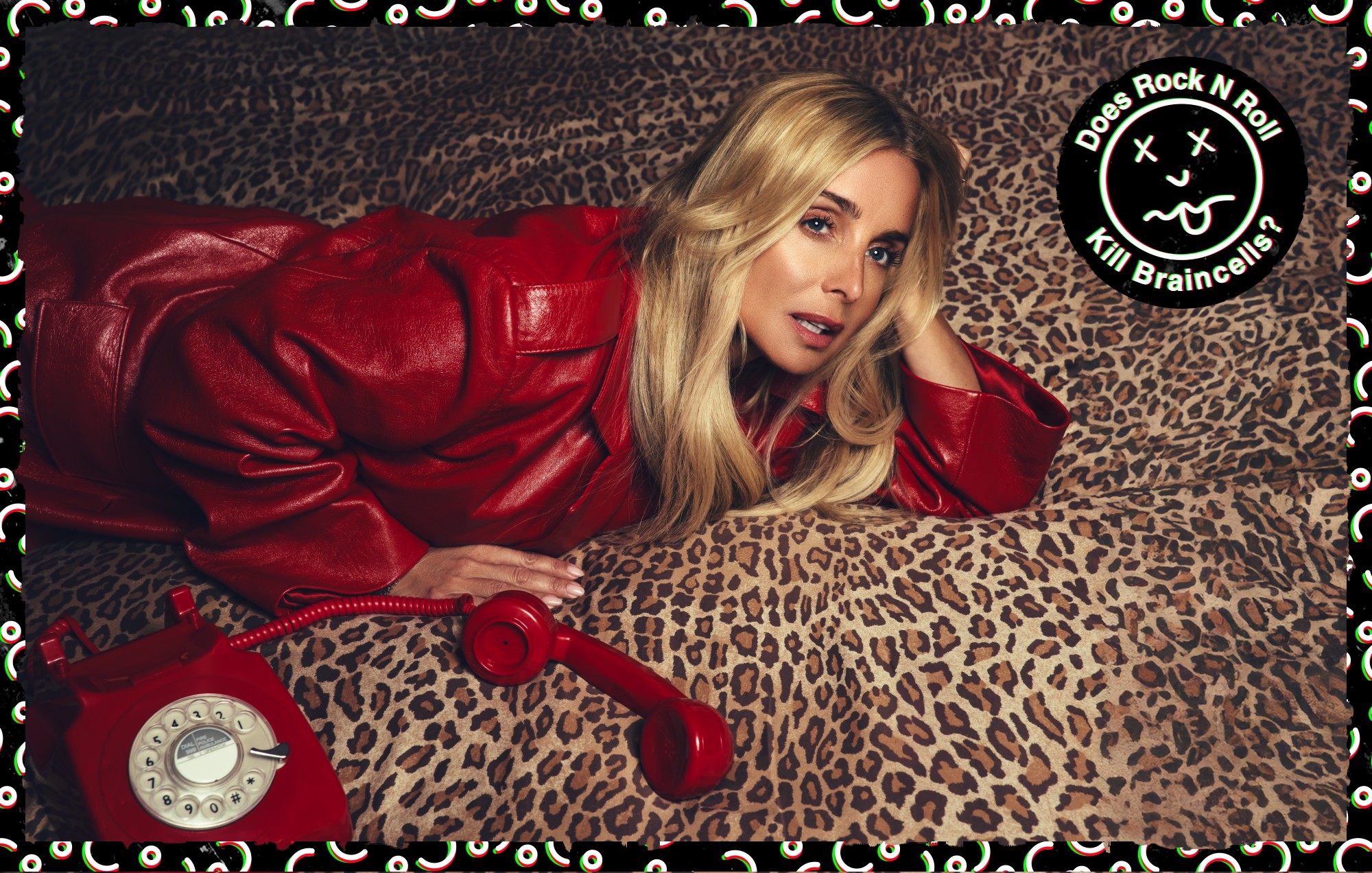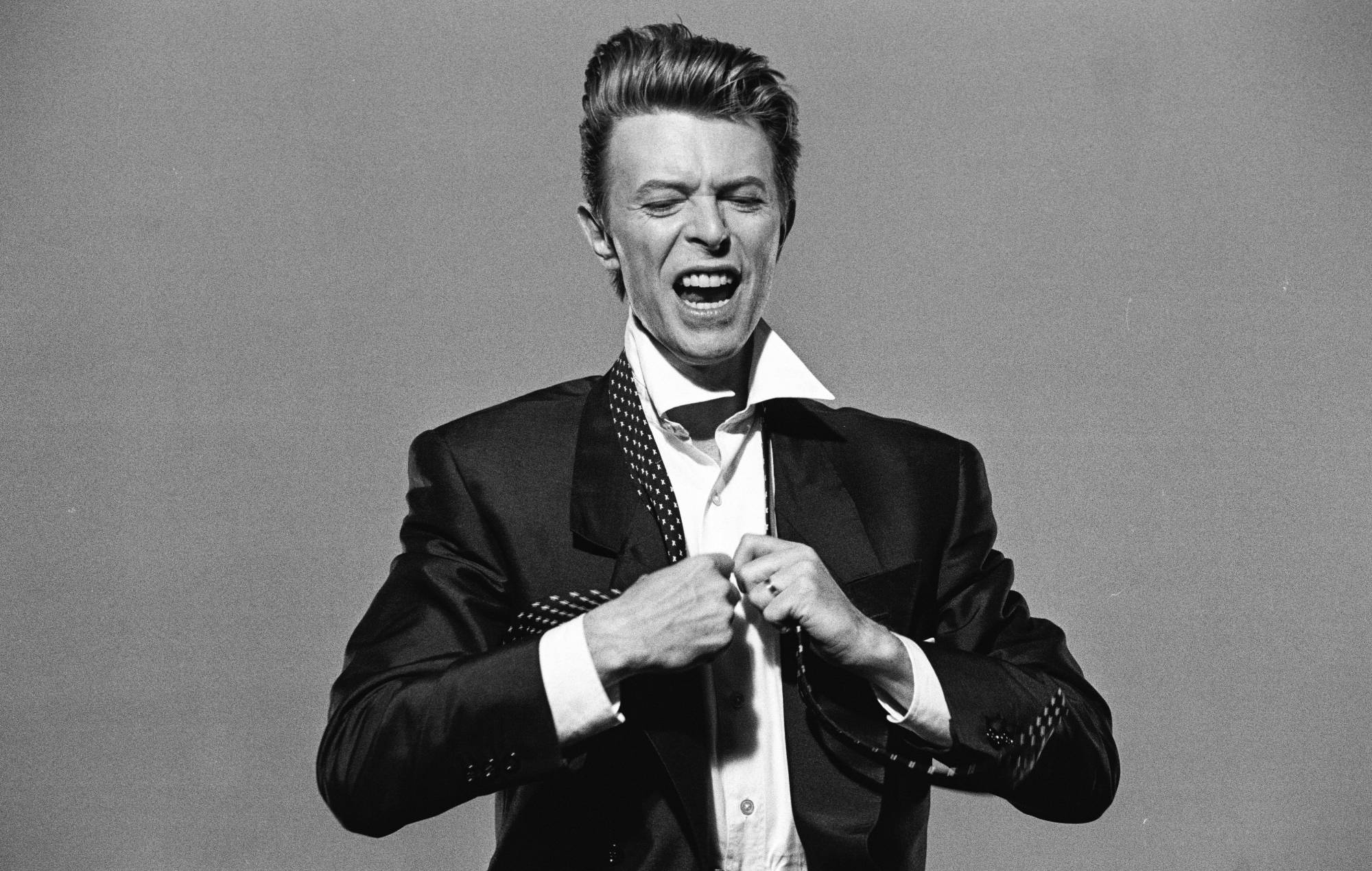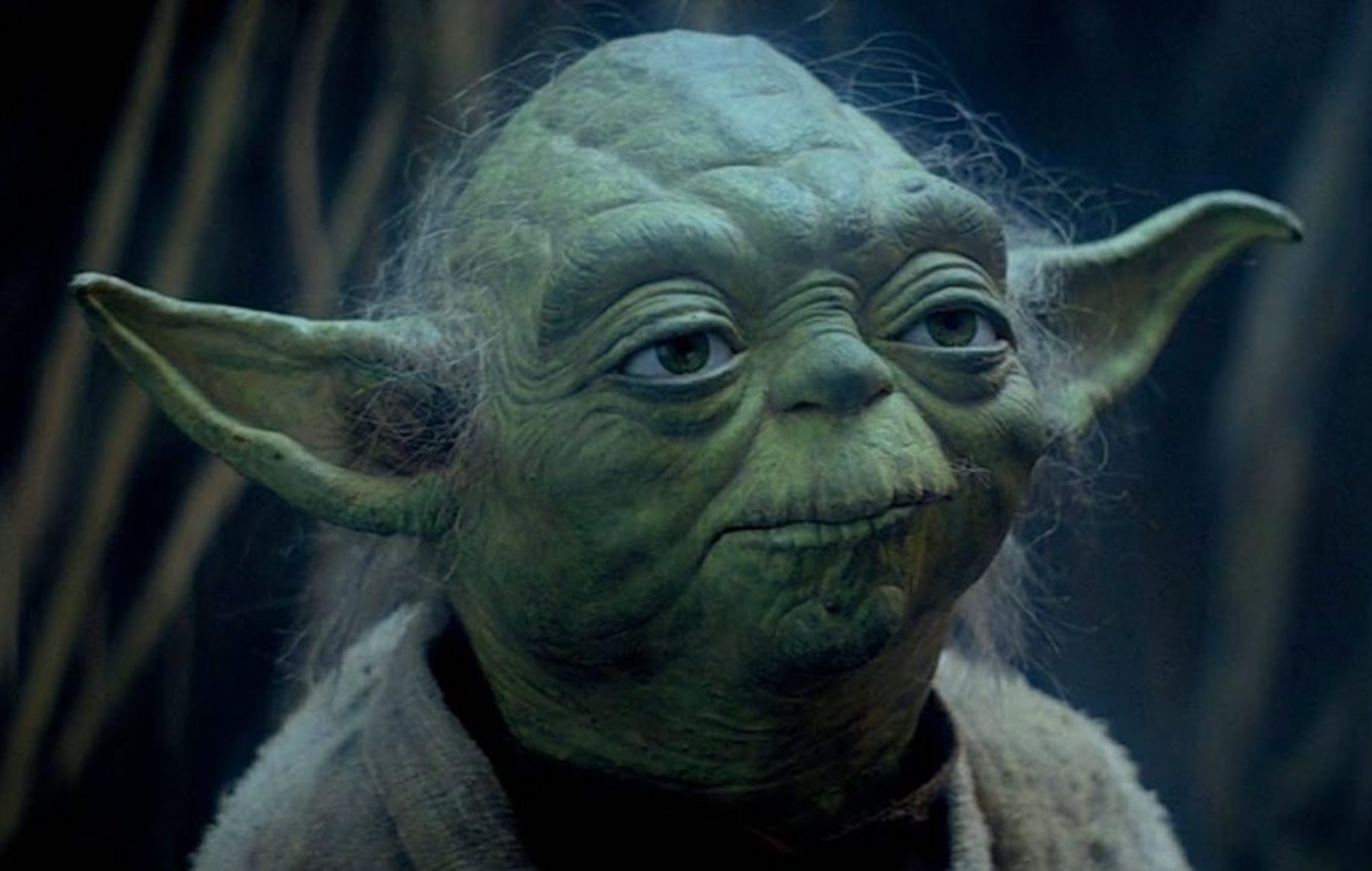Table of Contents
TikTok just handed electronic music one of its biggest wins yet: over 13 billion views on videos tagged #ElectronicMusic in 2024. That’s a 45% jump from the year before.
For the first time ever, dance music content outperformed indie and alt content on the platform—and that’s not just in raw views. The number of videos created using that tag doubled.
Big moment, no question. But for producers? It’s not a cheat code. It’s a wake-up call.
Everyone in the scene feels like it’s oversaturated—but the numbers say otherwise
If you’ve been anywhere near the music industry lately, this probably doesn’t surprise you. I’ve felt this shift coming for a while.
Just look at Coachella this year—massive uptick in dance acts, more DJs on the main stage, and house/techno presence across the lineup.
Even though the industry feels cooked, dance music is still climbing. And it’s not just TikTok:
- Spotify says dance/electronic has grown 18% annually since 2000
- Drum & bass streams are up 94% since 2021
- UK TikTok views for #ElectronicMusic rose 22% last year
- Content creation using the tag jumped 50% in the same timeframe
As TikTok’s Toyin Mustapha put it:
“Dance music has become more accessible and big in the commercial sphere. We are seeing the breaking down of boundaries for artists, and TikTok is part of that.”
The demand is real. The audience is massive. But it doesn’t mean you can just drop a track and expect it to catch.
There’s more opportunity than ever—and more noise than ever
TikTok is where songs blow up before they chart. Adam Port’s “Move”? TikTok-first hit. Pawsa’s “Dirty Cash”? Same story. Disclosure, Fred Again, Hannah Laing, Billy Gillies—TikTok helped them all hit new markets and move from scene-famous to mainstream.
But here’s the trap: virality is loud, fast, and fleeting. Most indie artists who go viral on TikTok aren’t equipped to handle the spike. One hit, then silence.
“It’s a golden goose, but more than a one-in-a-million shot that it actually moves the needle long term,” you told me—and you’re dead right.
If you don’t have infrastructure, if you don’t have a second track lined up, if your backend isn’t ready to monetize or capture fans—TikTok can end up doing more harm than good.
Stop chasing trends. Start embedding your music where it naturally fits
So what’s the move for producers?
First, understand why dance music works on TikTok right now. People are using it in fitness, fashion, travel, summer recap content—basically anything that needs energy and pace. The sound fits the culture. If your music doesn’t, don’t force it.
Here’s the actual play:
- Watch how people are using house, techno, dnb, etc.—not just what’s trending
- Figure out where your own sound fits that type of content naturally
- Don’t fake a persona or shoehorn your music into unrelated trends
- Make your music usable—loopable, buildable, clean edits, strong intros
- Focus on discoverability: tags, titles, stems, remixes, and community building
“TikTok users tend to tag the genres of music… it shows the community they are trying to build and are part of, and electronic music is very much a community-led thing.” — Mustapha again
If you treat TikTok as just another marketing lever, it won’t hit. But if your sound genuinely fits into the content people are already making, that’s when the traction starts.thought
The difference now is that you’re competing in a much louder, faster space. But the ceiling is higher than ever. TikTok’s platform-wide demand for electronic music is real. What you do with that demand? That’s on you.
Don’t chase virality. Build context. Make your music usable. And have a system ready before the algorithm hands you a shot.
The post TikTok Just Crowned Dance Music—But That Doesn’t Mean You’re About to Blow Up appeared first on Magnetic Magazine.



